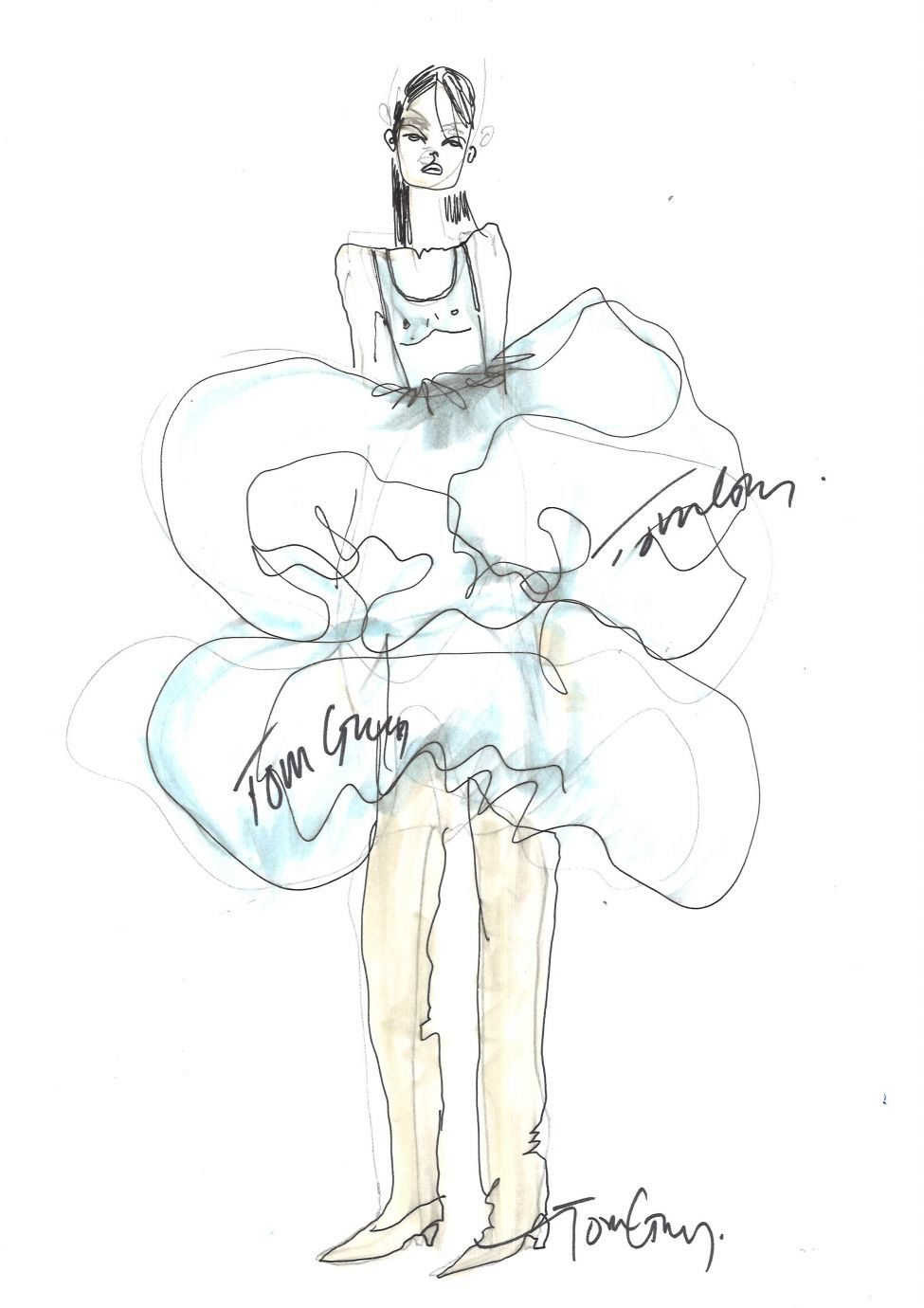To limit Stark to simply one profession wouldn’t seem right, rather, it would undermine the scope of her work as a designer, photographer, couturier, model and creative director. If the shoes fit, wear them all. But what neatly joins her roster of skills together is the feeling of empowerment her work induces, not only to herself as she poses before the camera, dressed in her own lingerie designs, but to the recipients of her images. Put simply, Stark shoots herself wearing her own lingerie, which she shares on Instagram, but at the core of her work, she’s shifting the reputation of this fashion genre, emphasizing the curves and arcs of the body and the creases in our flesh that society has conditioned us to bury away in layers of self-doubt and hatred.
“For lingerie to be inclusive to everyone and fit the clients individually, it has to be couture.” – Michaela Stark
With the turn of the next decade, fashion still has a sizing problem. This is not breaking news, and if only it were fake news. The enduring issues surrounding body image and the narrowed perception that beauty only comes in size 6 feels bygone for a society so progressive with its technological innovations and advances. But how far can we truly advance if the understanding of our own selves is too entrenched with ideals of the past? For Stark, it’s about tackling these misconceptions one corset at a time. “It’s rooted deeper than just who the lingerie is intended for these days. Creating a consumer brand based on lingerie, I’ve met so much criticism because there’s two sectors: one, is high-end and marketed at a really high sales point, usually created for a specific range of smaller girls and doesn’t fit every shape. The second kind is the more inclusive type that has a great message behind it, but is so cheap. For lingerie to be inclusive to everyone and fit the clients individually, it has to be couture.”
















